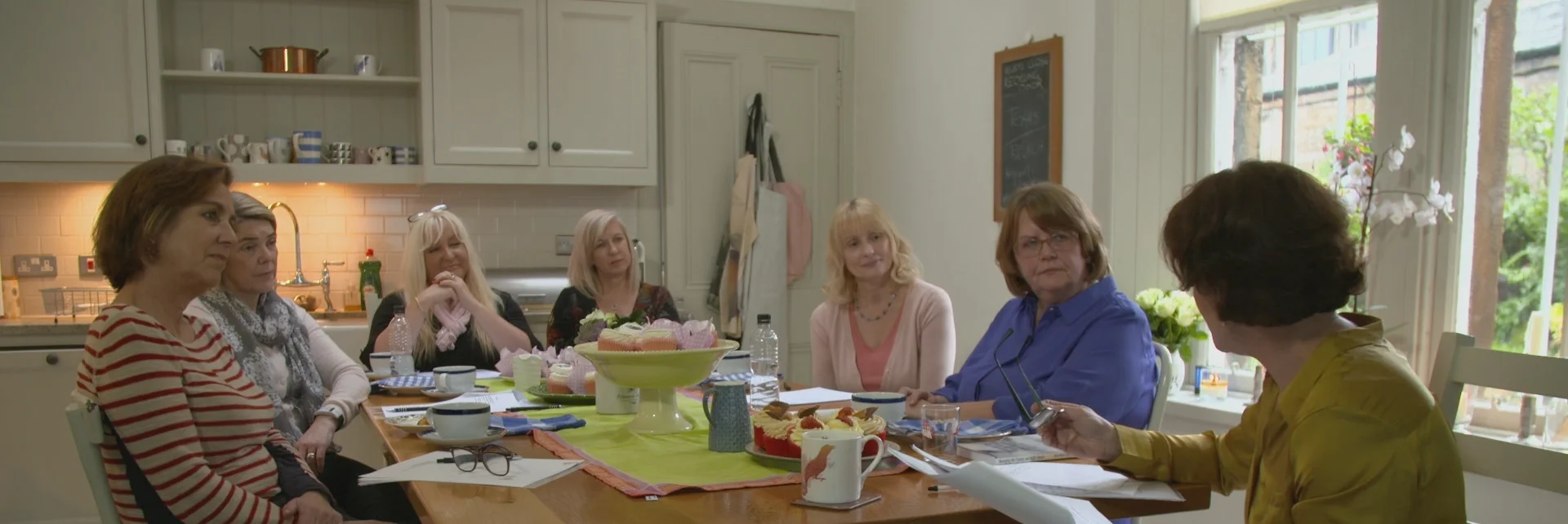We walked for ten long hours in blistering 40 degrees heat. We searched high and low desperate for any sign of Isabelle.
I can admit, I was starting to believe we would never find her. Then suddenly, just when I thought all hope was lost, Arnaud appears around a bush excitedly gesturing he’d found the baby burrow.
The relief overwhelmed me as I realised this was it, we finally had a golden opportunity to film this very rare unique moment that we could have only dreamed of.
I set 4 remote camera traps up around the burrow and 3 infrared lights which were powered by 2 car batteries. Then all we could do was wait.
Then it happened. After 5 long days Isabelle brought her baby out of the burrow and into the world.
But to Arnaud and his team 5 days was nothing compared to the 2 years they had been waiting for this beautiful moment.
As I look back this was definitely the most memorable part of the entire experience. The team effort had paid off, and for the first time ever we had on camera images of a mother and baby giant armadillo interacting under the tropical night.
Lindsay McCrae, wildlife cameraman on Hotel Armadillo shares his experiences…
I remember very vividly my first encounter with the giant. The sight of the creature could only be described as a scene from an early 1900s monster movie.
To properly tell you about the experience let me begin from the start.
Filming in the Pananal had been a dream of mine for a long time so when Maramedia asked me to help them with their Armadillo documentary it was an opportunity I couldn't ignore.
The incredible bird life, the prospect of close encounters and the magical light it has to offer had me very excited. I just kept thinking as long as we are lucky with the weather things should run smoothly….
After the first night of success our problems began. Our batteries were enormous yet only lasted a few days, rodents seem to enjoy biting through our expensive cables and the ants realised that using the kit to climb across was much quicker than negotiating branches!
We travelled to Brazil with 30 cases & quite an array of camera kit to cover almost every scenario in the aim of capturing footage of this elusive animal. We relied heavily on camera traps which soon became our number one option to capture intimate behavior of the armadillo.
But luckily with the Armadillo Projects radio tracking programme we were able to pin point exactly where a couple of individuals were.
I could then set up and operate a camera from close by as it got dark with the hopes of filming individuals leaving their burrow.
One advantage was that, despite being nocturnal and living underground, Giant Armadillos have pretty poor eyesight.



















